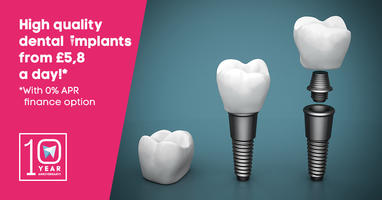Sharks lose up to 30 000 teeth in a lifetime. They replace every single one of them, and no shark goes through life with missing teeth, because the moment a tooth goes missing, a new one pops in form behind it. The shark has something called a tooth whorl, which is like a snail shell with teeth coming out of it underneath the gums. This allows for infinite tooth regeneration. It now seems that the matrix of genes that are responsible for this kind of tooth regeneration is present in humans as well. The implications are staggering. Let me break it down for you.

Human tooth regeneration study
Dr. Gareth Fraser of the University of Sheffield is currently leading a team of biologists to help figure out how we can end up like sharks and just spontaneously regenerate our teeth if they become damaged or lost.
The team has been studying shark embryos, and have found that a certain sheet that is around the tooth bud is what allows for infinite regeneration of teeth in sharks, and that this same sheet is what is responsible for the formation of deciduous teeth and permanent teeth in humans. The problem is that this sheet is then absorbed by the body. Dr Fraser seems hopeful, as these sheets are responsible for the formation of the teeth in the same way as in sharks, we just need to find the right mechanism with which to manipulate human teeth.
Implications
If we can find a way to harness the potential of these set of genes, and somehow manipulate them to remain in the body and keep on producing and forming teeth, we may never need to see a dentist again. They would only need to perform extractions if a tooth suffers from decay or if it is infected or impacted, and then the new one would just come out and that would be that. Orthodontics would have to set up their game though, as each new tooth that would come into the mouth would have some growth tendencies, and may grow inappropriately again and again.

